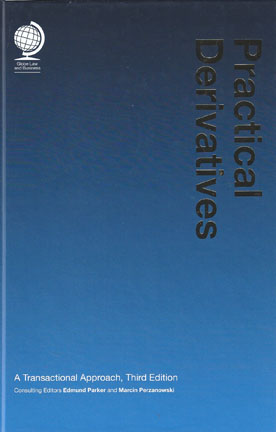
Since the near-collapse of the global financial system back in 2008, the derivatives industry has come a long way. As derivatives were blamed for causing, or contributing to, the crisis, the politicians and regulators on both side of the Atlantic (and in most other developed jurisdictions) decided to take action.
In September 2009 the G20 leaders at their meeting in Pittsburg resolved the following: “All standardised OTC derivative contracts should be traded on exchanges or electronic trading platforms, where appropriate, and cleared through central counterparties by the end of 2012 at the latest.”
Even though it is now 2016, the regulators continue to work on the detailed rules, which still won’t be fully implemented for a while. Nonetheless, the derivatives markets have already changed almost beyond recognition, and continue to evolve.
Featuring updated chapters, this third edition of Practical Derivatives: A Transactional Approach shows how derivatives are used in a variety of transactions, how the documentation works, and why boards need to be aware of the derivatives market.
It also analyses the impact of the recent regulatory changes on derivatives transactions and related documentation. With contributions from leading law firms, investment firms and academics, this accessible book takes a transactional approach and features coverage of product innovations.
This latest edition includes chapters on established markets such as equity and energy derivatives, but it also discusses the expansion of derivatives into new markets such as credit risk, weather risk and property. It features topical analysis on corporate governance and directors' duties; it includes an overview of the documentation produced by the International Swaps and Derivatives Association, the International Capital Markets Association and the German banking association; and it discusses related issues such as close-out netting.
This edition would not be complete without an analysis of the recent derivatives regulation, and the transactional documentation that helps to implement the new rules.
Whether you are at a bank or financial institution or from a company or organisation looking to invest or manage your risk, this title will provide you with practical tools for using derivatives in your business.